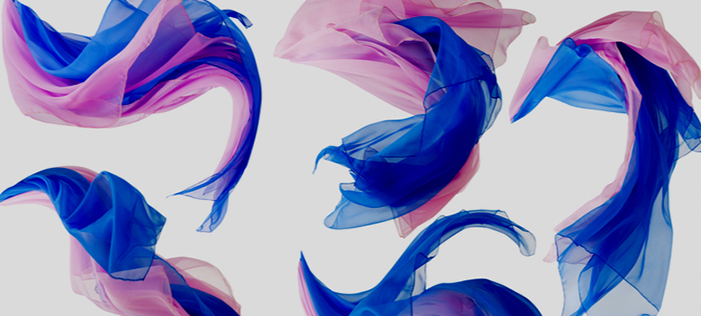An ongoing problem, modelling woven and knitted fabrics today still remains a complex challenge that requires sophisticated computer simulation. The issue at stake? Demonstrating how a fabric drapes or moves when worn or the stiffness and stretch of the individual yarn.
Ultra-realistic modelling
With this in mind, an international team of researchers from the Institute of Science and Technology Austria (IST) and the Indian Institute of Technology Delhi (IITD) has developed a method for specifically animating yarn-level cloth effects, precisely and realistically modelling the very composition of the material, including its ability to stretch and bend. “Our technique allows us to capture the resistance of multiple deformations at the same time,” explain the researchers. In short, homogenised computational modelling that perfectly imitates the very appearance of knitted and woven materials and that is set to be presented at SIGGRAPH 2020, the event for avant-garde research and ideas organised virtually and digitally this year.

Selected by
Multiple future applications
“With this, we were able to automatically reproduce characteristic behaviours of different fabrics, including subtle phenomena like the interaction between stretching and curling in knitted patterns, which have not been captured in previous cloth models,” they commented. In the future, this method could be expanded to animate other complex multi-physics materials like layered quilts, layered elastic material, skin tissue and deployable shells. The team’s method opens up exciting avenues for future studies by applying it to the homogenisation of layered or composite materials, estimating the material properties of new materials constructed from simpler components, or inverse design problems in the manufacture of knitted fabrics. Watch this space.

